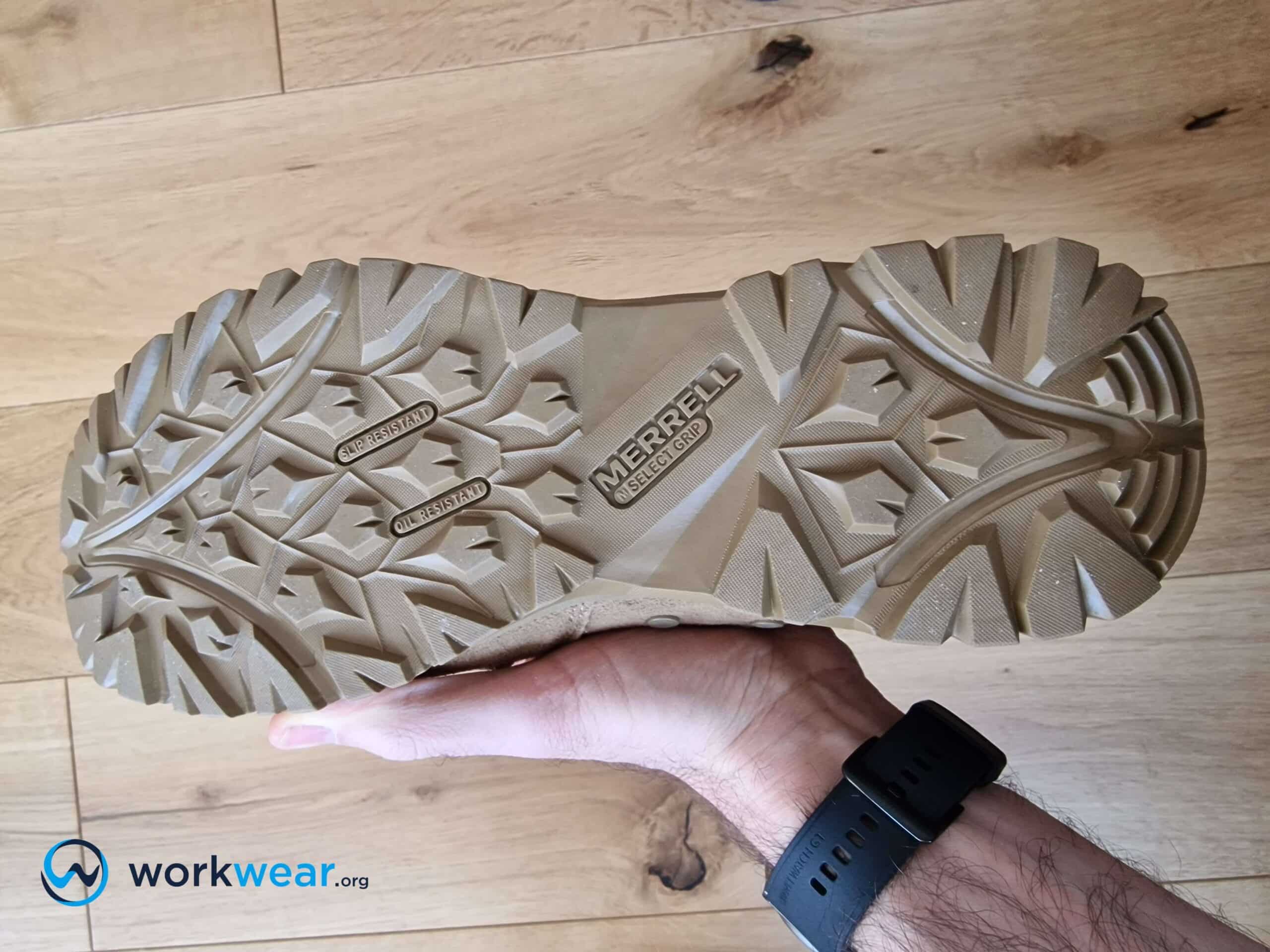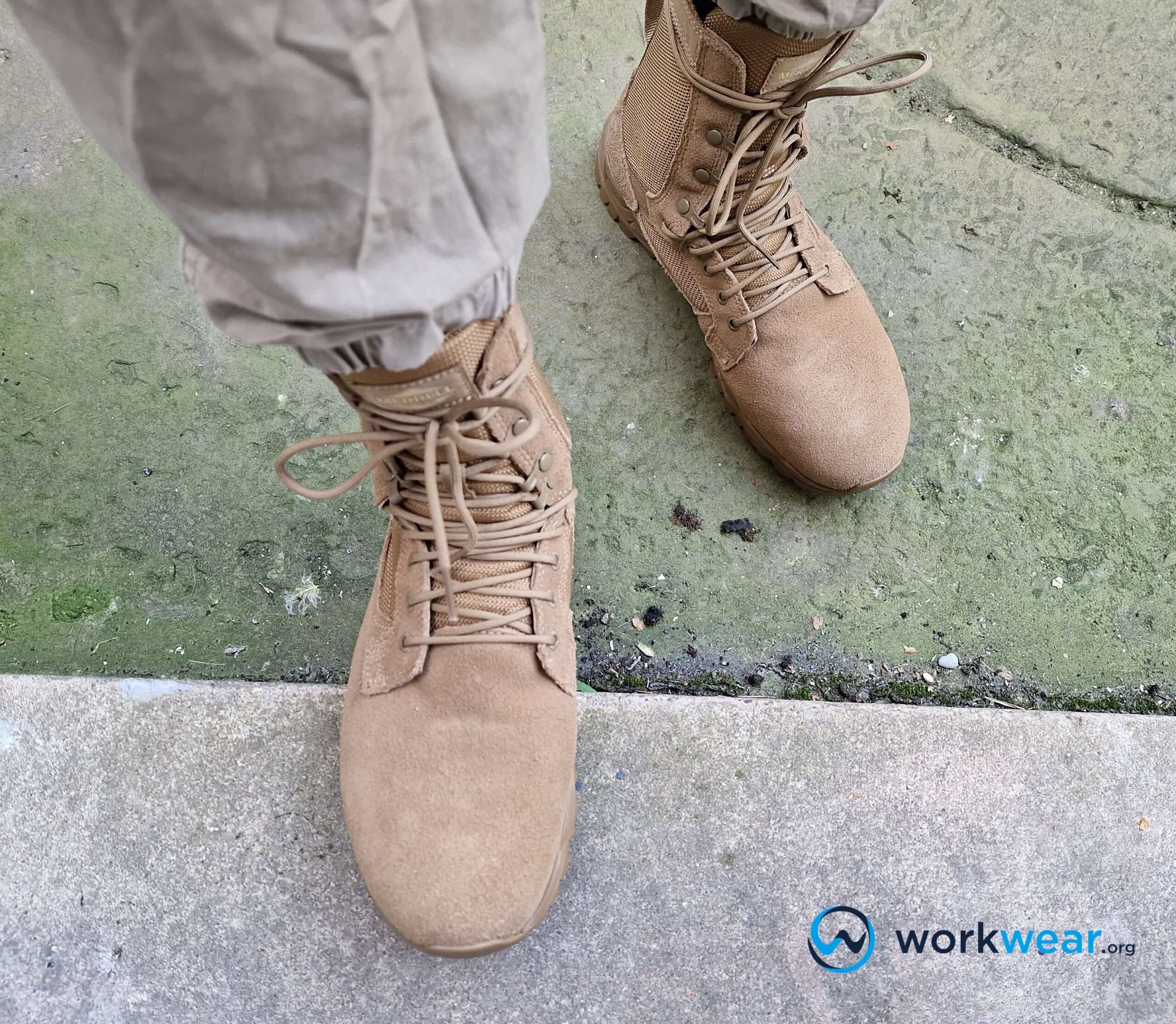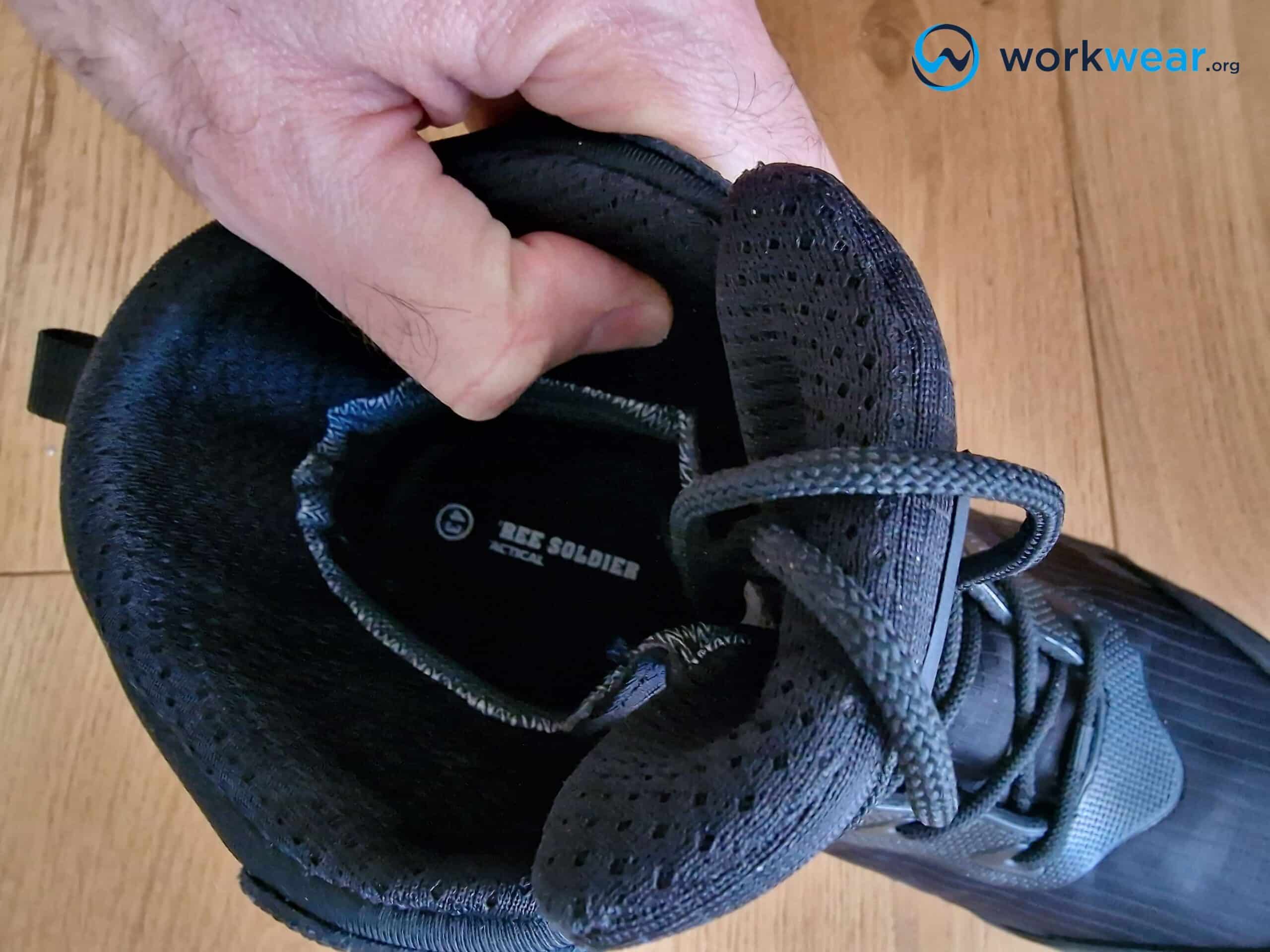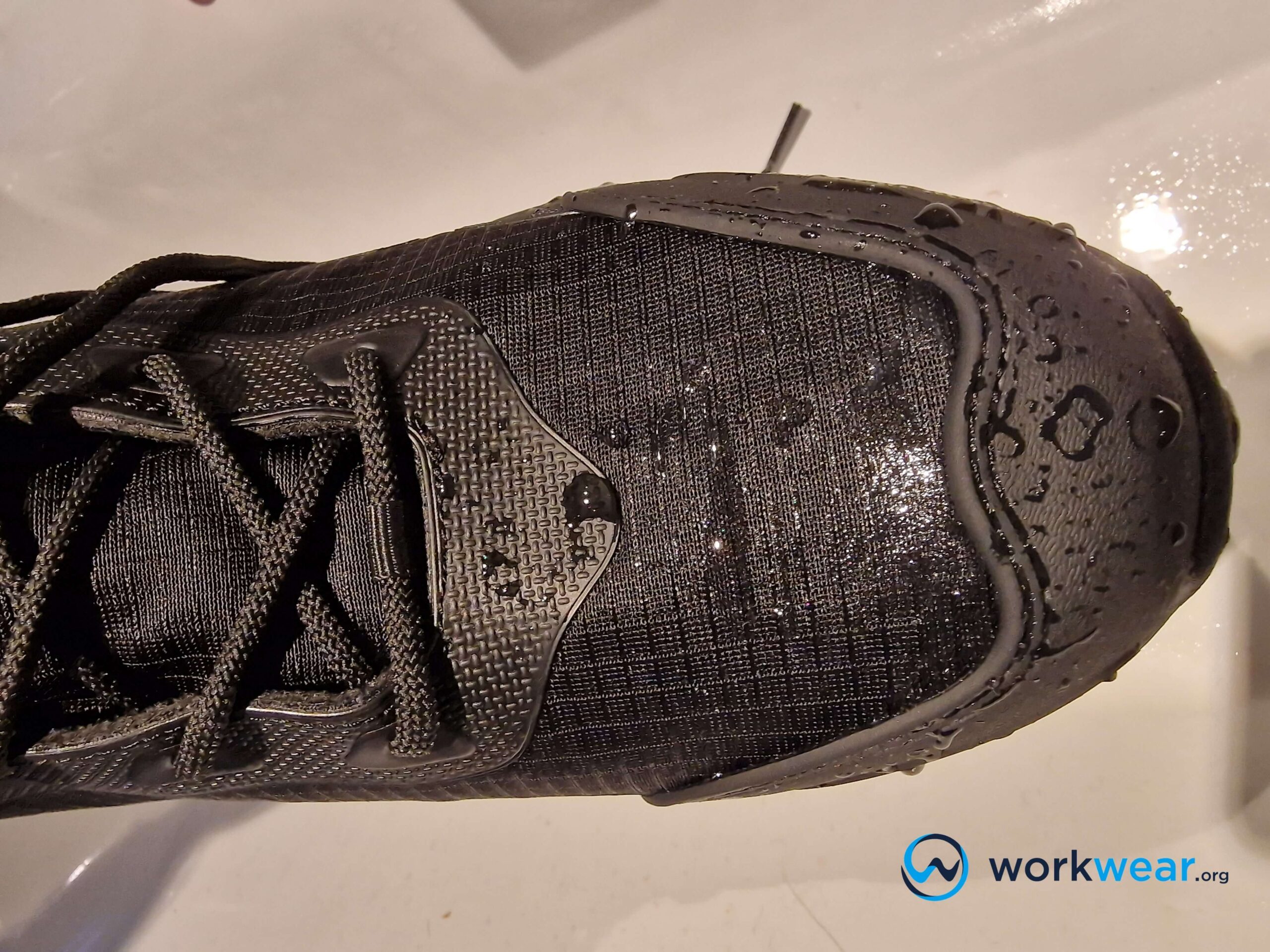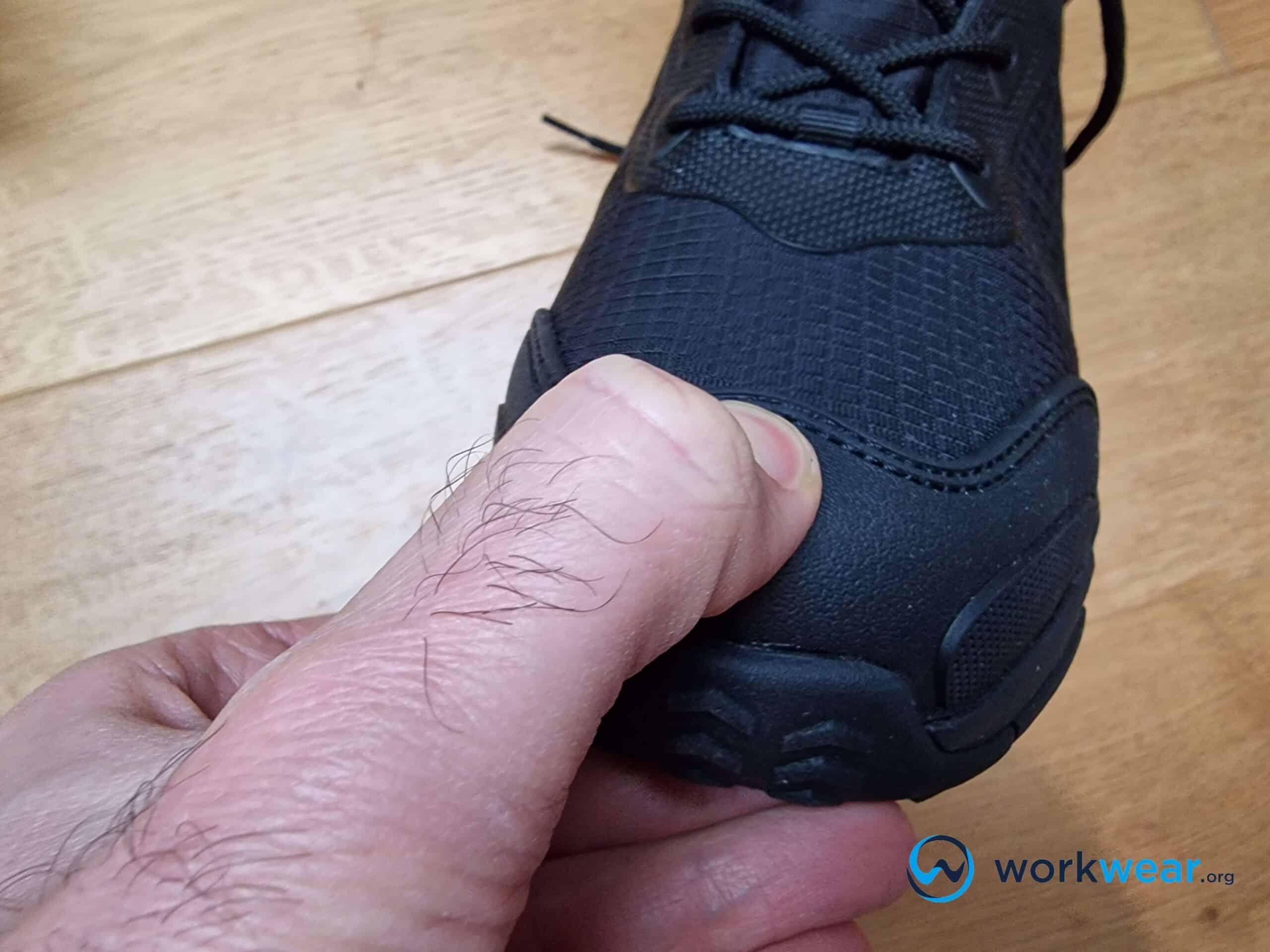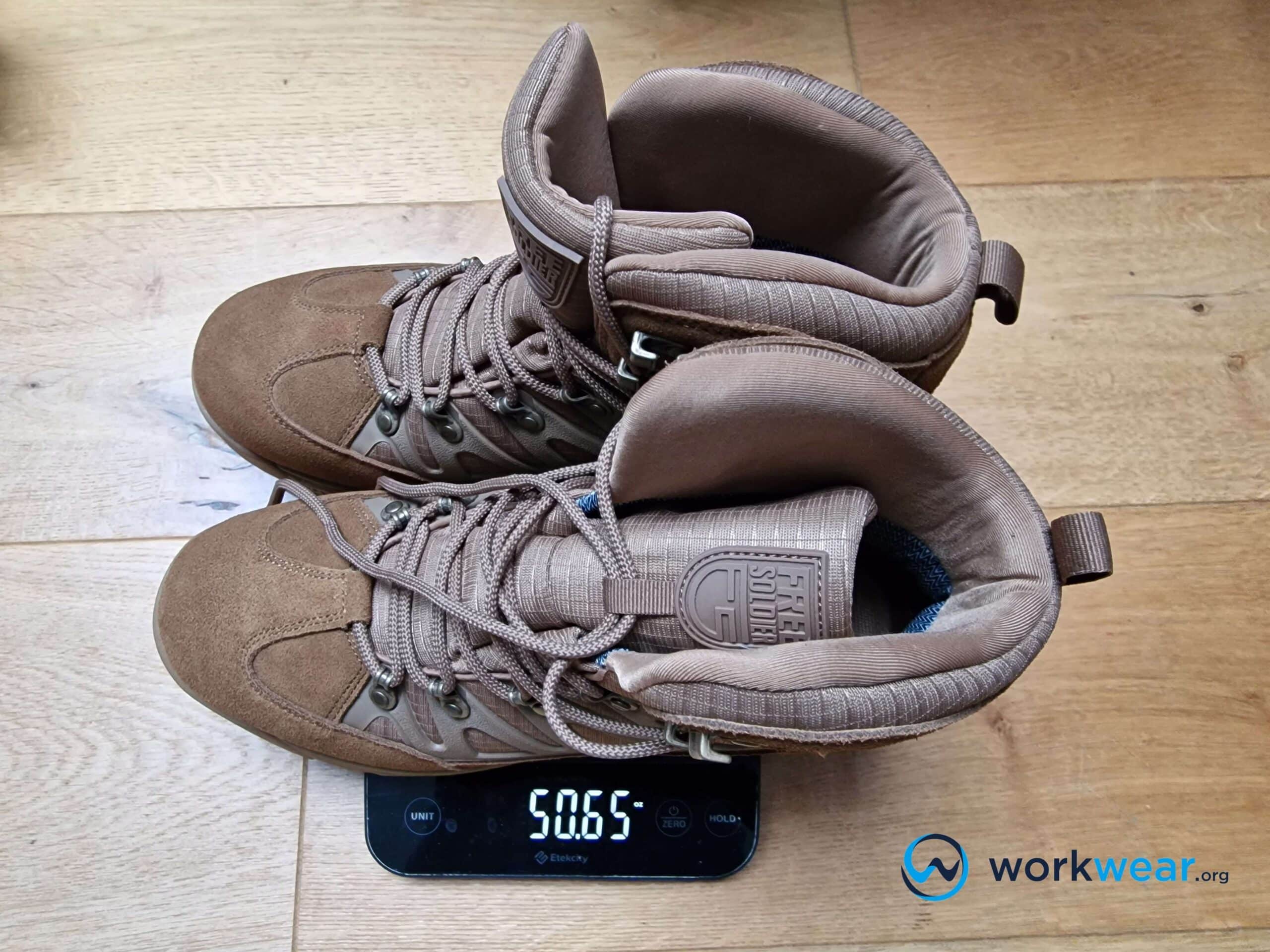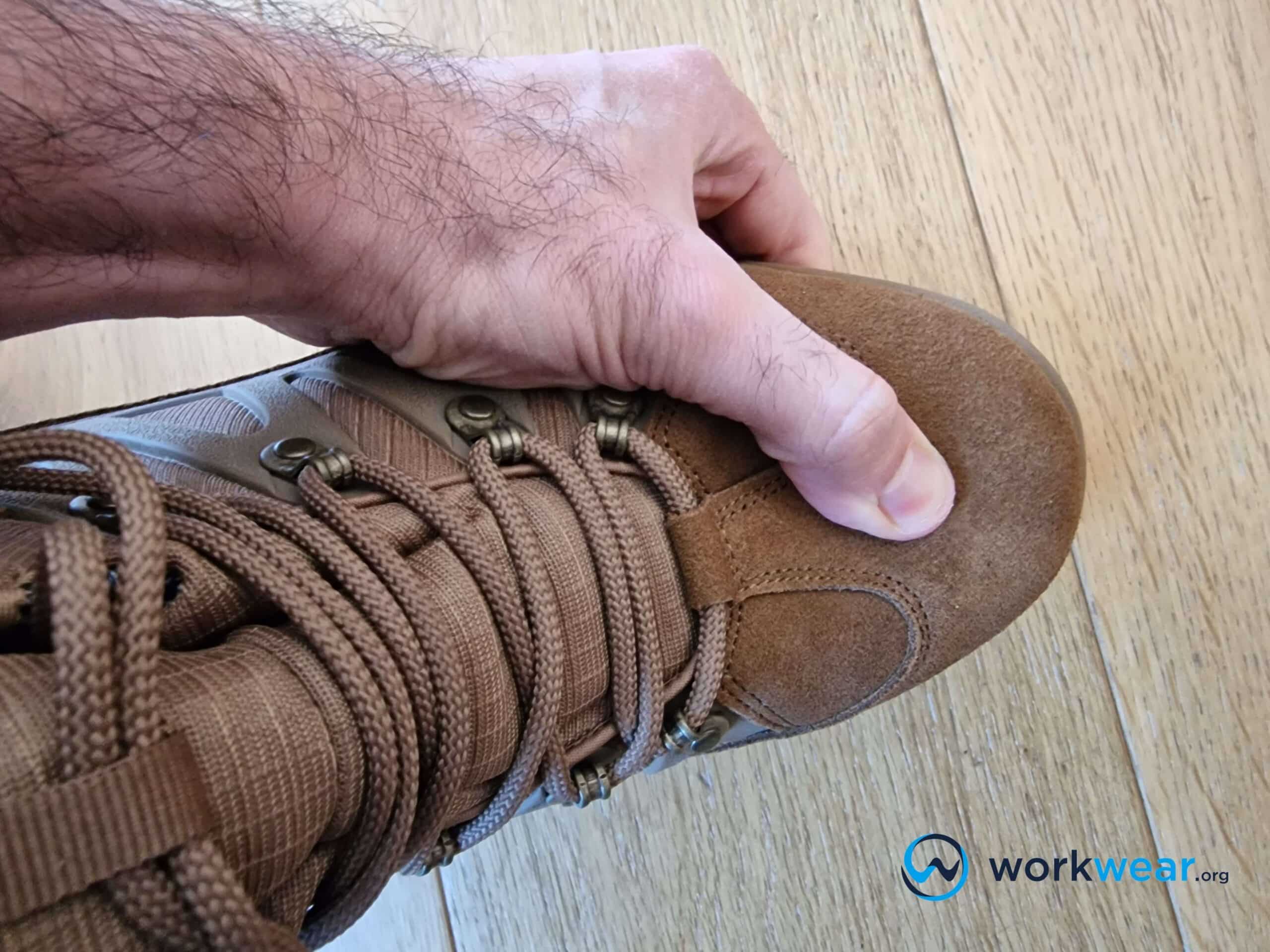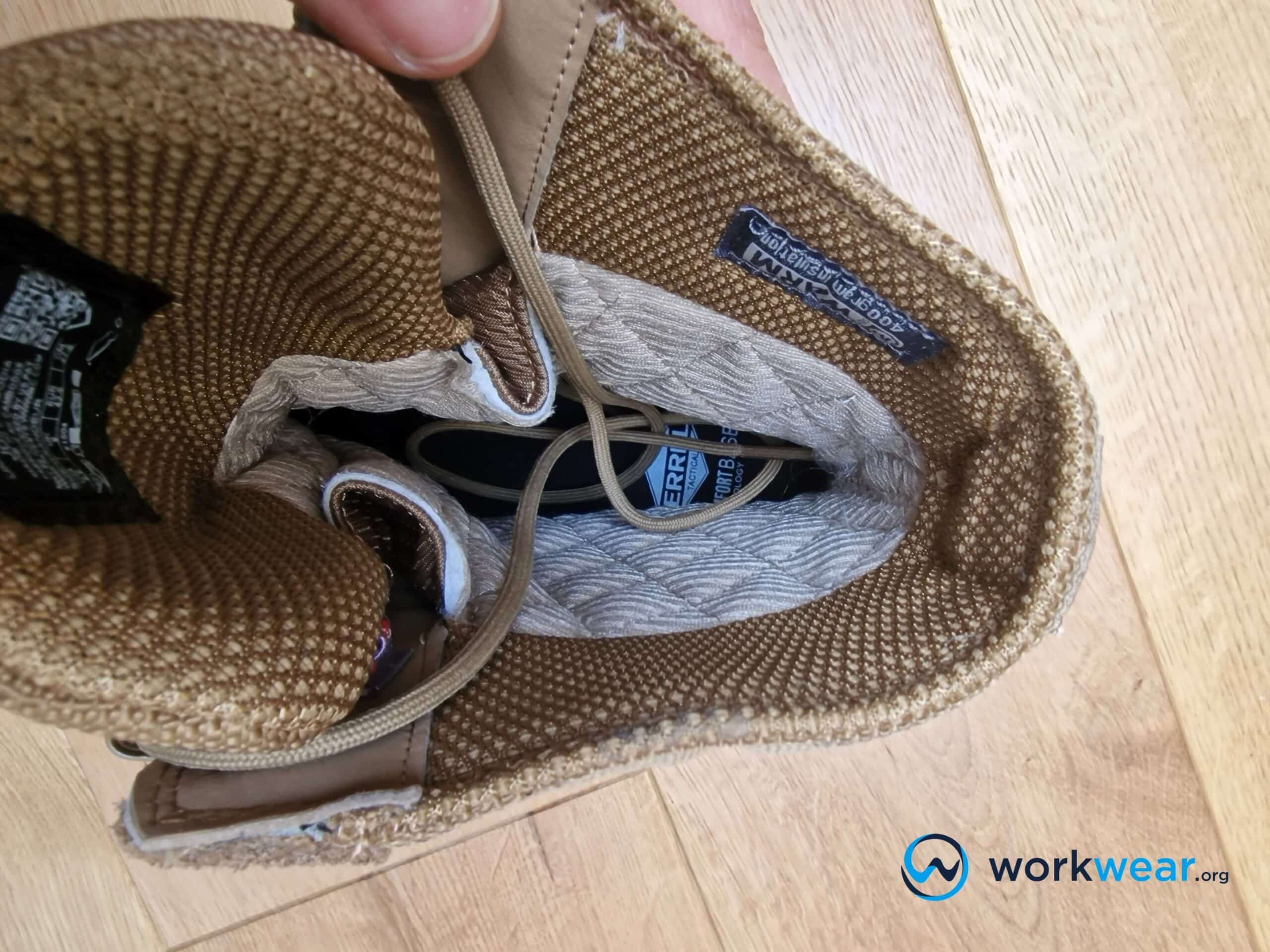Decoding Tactical Boots – Leather Vs Suede
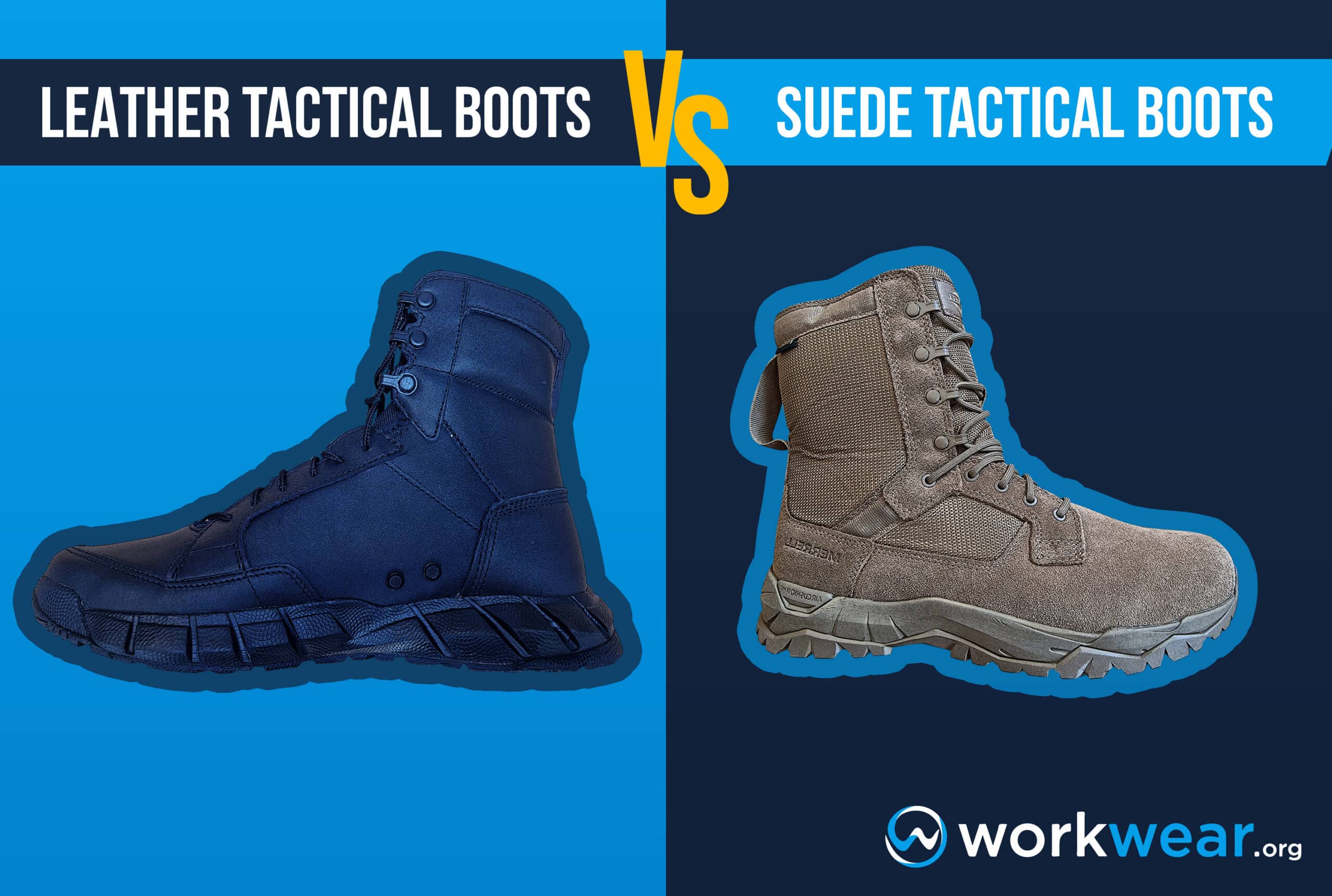
At first glance, tactical boots look the same across brands. However, the two main upper materials used in tacticals are leather and suede. A lot of people ask us which one they should choose. The answer is not that simple. In this article, I’ll explore the similarities and differences between suede and leather tactical boots to help you narrow the choices based on your work requirements.
Main Similarities
Traction
Tactical boots are known for having high-grip outsoles. Regardless of the material used for the upper, tactical boots are often built with thick rubber outsoles that can firmly grip tricky surfaces- including muddy ground and sloped terrains encountered while on the field. Tactical boots with either leather or suede as the main upper material are designed to keep the footing stable over challenging surfaces. This enables the wearer to walk quickly in response to critical situations without slipping.
Winner: Leather and suede tactical boots are typically constructed with high-grip outsoles, so they both win in this category.
Durability
Tactical boots are mostly used in challenging outdoor settings. This is why the boots are built to last through the toughest conditions while keeping the feet comfortable and protected. Leather tactical boots typically have thick uppers that shield the feet against safety hazards, including abrasive or sharp objects and wetness. The sturdy leather in tactical boots is resilient against normal wear and tear, resisting premature damage even with heavy use. The leather can be wiped clean at the end of a workday to prevent dirt build-up. Polishing the uppers regularly will help maintain the leather’s suppleness for a long time and can also conceal light scuff marks.
Suede tactical boots are constructed to be just as durable. They often feature abrasion-resistant sections to enhance the boots’ durability, making them more than ready to take on tough outdoor settings and other challenging environments. They can also be fitted with reinforced heels and toes to protect these high-wear areas from impact and abrasion. It’s worth mentioning that suede can absorb some water, which can hurt its performance and appearance in the long run. Removing stains and scuff marks on light-colored suede is also quite difficult.
Winner: Tactical boots, whether they have leather or suede uppers, are designed to be durable to keep up with tough surroundings. However, leather tactical boots’ high-quality appearance typically lasts longer than suede tactical boots because leather uppers are easier to maintain, don’t absorb liquids, and don’t retain scuff marks (with proper care).
Cushioning
Tactical boots typically have ample cushioning built in to keep feet comfortable throughout long hours of walking, running, or staying upright. Suede and leather tactical boots often have padded footbeds to cradle the feet in their proper position. These footbeds soften the impact of walking on hard ground to prevent discomfort. Tactical boots made of suede or leather also have generously cushioned collars to secure the ankles in place and protect against chafing while moving continuously for hours. Some are even enhanced with dedicated shock-absorbing systems to stop the development of foot fatigue over long periods of walking.
Winner: Leather tactical boots and those made with suede uppers are winners in this category, typically built with high-quality cushioning to keep the feet comfortable and supported throughout long shifts.
Water Resistance
Water resistance is another quality typically found in most tactical boots, regardless of the material of their uppers. This is because tactical boots are used mostly outdoors, requiring them to be prepared to encounter wet conditions such as rain or deep mud. Tactical boots are often built with waterproof leather or suede to stop the liquids from getting in so that the feet can stay comfortably dry in wet environments. Suede tactical boots and leather tactical boots can also use waterproofing systems – such as GORE-TEX and brand-exclusive technologies, such as Merrell’s M-Select DRY – to enhance the ability to seal out wetness. It should be noted that some suede tactical boots absorb liquids, so it’s important to look for options with waterproof linings as well that can shield the feet from getting soaked.
Winner: Tactical boots with waterproof designs win in this category, whether made with leather or suede uppers. However, leather tactical boots have an edge because some suede tactical boots absorb water.
Safety Features
Suede and leather tactical boots are designed to promote speed, agility, and comfort. They can have some safety features built in but generally don’t offer the same level of protection as heavy-duty work boots. However, some styles have safety enhancements, including safety toe caps, electrical hazard protection, and puncture-resistant soles. As they’re mostly focused on keeping the weight to a minimum to make walking and running easier, tactical boots aren’t usually burdened with many protective enhancements that can increase the bulk.
Winner: Tactical boots made with leather or suede uppers can be fitted with safety features such as safety toe caps. However, they typically don’t have as many protective enhancements as heavy-duty work boots.
Main Differences
Weight
The materials used for tactical boots’ uppers significantly affect total boot weight. One advantage of suede tactical boots is that they’re typically lighter. The suede sections weigh less than the thick leather used in tactical boots. The suede material is usually combined with another lightweight material (such as mesh), creating tactical boots with minimal weight for improved speed and agility on duty. It’s worth noting that suede tactical boots aren’t always lightweight. Some feel quite heavy due to components such as thick rubber outsoles.
On the other hand, leather tactical boots tend to be heavier than suede tactical boots. The leather used in tactical boots is typically thick to provide better foot coverage and protect against hazards encountered outdoors and in other challenging conditions. The leather’s thickness also ensures the boots stay resilient against damage in demanding settings. The sturdiness of thick leather comes with a price, though, as leather tactical boots are generally heavier than those built with suede.
Winner: Suede tactical boots win in this category because they typically weigh less than leather tactical boots. However, this isn’t always the case, as some suede tactical boots are bulky due to other components, such as heavy-duty outsoles or safety toe caps.
Flexibility
Tactical boots aim to be as flexible as possible to avoid restricting the foot’s natural motion. Flexible outsoles make walking and kneeling easier, but the materials used for the uppers can deliver different results regarding flexibility. Suede tactical boots’ uppers that tend to be soft and flexible. Their uppers usually combine suede with a synthetic material (such as mesh) to create a flexible structure that effortlessly follows the foot’s motion. The flexible structure of suede tactical boots makes them ready to be used out of the box and eliminates the need for a long break.
Leather tactical boots also have flexible outsoles that don’t interfere with mobility. However, their thick leather uppers are typically stiff at first, so they need to be broken in before they can soften enough to make walking easier and more comfortable. Some leather materials may not feel completely flexible even after the break-in period so the boots can feel slightly rigid. They may get in the way of comfortable foot movements.
Winner: Suede tactical boots are generally more flexible than ones made with leather. They’re usually comfortable outside the box and don’t need a lengthy break-in period.
Breathability
Tactical boots are often used for intense physical activities, sometimes in hot and humid environments. Suede tactical boots often use a combination of suede and a porous material for the upper. This allows more air to enter, keeping the interior cool and fresh for much longer with proper ventilation. Sweat can also disperse more quickly through the breathable upper, helping keep the feet dry throughout the day.
On the other hand, leather tactical boots run a higher risk of overheating. Their thick leather uppers don’t welcome much air so the interior can feel extremely warm before long. This is especially true while performing strenuous tasks in high-temperature conditions. Moisture can’t escape as easily through non-porous leather uppers, so the feet can also become soaked with sweat with all-day boot use.
Winner: Suede tactical boots win in the breathability department, with porous uppers that allow more air to enter and moisture to dissipate for a cool, dry boot interior.
Comparison Table
| Leather Tactical Boots | Suede Tactical Boots | |
| Traction | Very good | Very good |
| Durability | Very good | Good (can retain stains and scuff marks) |
| Cushioning | Good | Good |
| Water Resistance | Very good (especially waterproof designs) | Good (suede sometimes absorbs liquids) |
| Safety Features | Good | Good |
| Weight | Typically heavier | Generally lightweight |
| Flexibility | Need to be broken in | Flexible right out of the box |
| Breathability | Weak | Very good |
Who's the Overall Winner?
Suede and leather tactical boots are winners for different reasons. Leather tactical boots excel with better durability and water resistance. Meanwhile, suede tactical boots stand out with comfortable flexibility out of the box and superior breathability. They’re also typically more lightweight, although some designs are much heavier than others.
Recap
Go for leather tactical boots if you:
- Require tactical boots with strong water resistance
- Don’t want tactical boots that get scuffed and stained easily
- Work in relatively cool settings
Choose suede tactical boots to:
- Enjoy the footwear’s flexibility without a break-in period
- Keep the feet cool in humid or hot environments
- Have relatively lightweight footwear
Personal Testing Experience
Here are our experiences while testing two top-notch tactical boots. The Under Armour Micro G Valsetz Leather Waterproof Tactical Boot is made with full-grain leather thick enough to shield the foot against the elements. The leather felt flexible and didn’t interfere with the foot’s natural motion. It was also waterproof and effectively sealed out liquids to maintain a comfortable dryness inside the boot. This was one of the comfiest tactical boots we’ve tried so far, with a generously padded footbed that followed the foot’s shape for customized comfort. This footbed also absorbed the shock of walking and prevented a fatigued feeling from developing. We were just concerned that the plastic lace hooks wouldn’t last long.
On the other hand, the Merrell MQC 2 Thermo GORE-TEX Boot was built with waterproof suede that stopped liquids from coming in. Its waterproof GORE-TEX lining completely blocked wet elements, protecting the foot from getting soaked even in severely wet conditions. The upper featured abrasion-resistant textile sections that enhanced the boot’s resilience in challenging surroundings. This exceptionally lightweight suede tactical boot was incorporated with low-profile insulation to trap comfortable warmth in low-temperature settings. However, it was challenging to pull on and was quite expensive.
Conclusion
Suede and leather tactical boots share many crucial qualities needed when on duty, but they do have some differences. Leather tactical boots generally offer stronger water resistance and have more durable designs. On the other hand, suede tactical boots stand out with more breathable and flexible designs and are typically more lightweight – except for some bulky styles.
FAQ's
- Which option is more suitable for formal settings?
- Generally, leather tactical boots look more streamlined and are better suited for formal settings. Unlike suede, leather can be polished and is more appropriate for use with uniforms and other formal attire.
- Can suede tactical boots be used in hazardous conditions?
- Yes, but only if they have the essential safety features (such as safety toe caps and electrical hazard-safe designs) to protect against environmental hazards.
- Are all leather tactical boots waterproof?
- No, some leather tactical boots have non-waterproof designs. However, the thick leather typically used for tactical boots can offer minimal water resistance even in a non-waterproof structure.
- Why do suede and leather tactical boots have lace-up designs?
- Tactical boots need lacing systems to secure the feet in place. This ensures enhanced foot stability and injury prevention while walking quickly (or even running), which may often be needed on duty. The lace-up designs also allow fit adjustments at any time of day to achieve the most supportive and comfortable fit.
